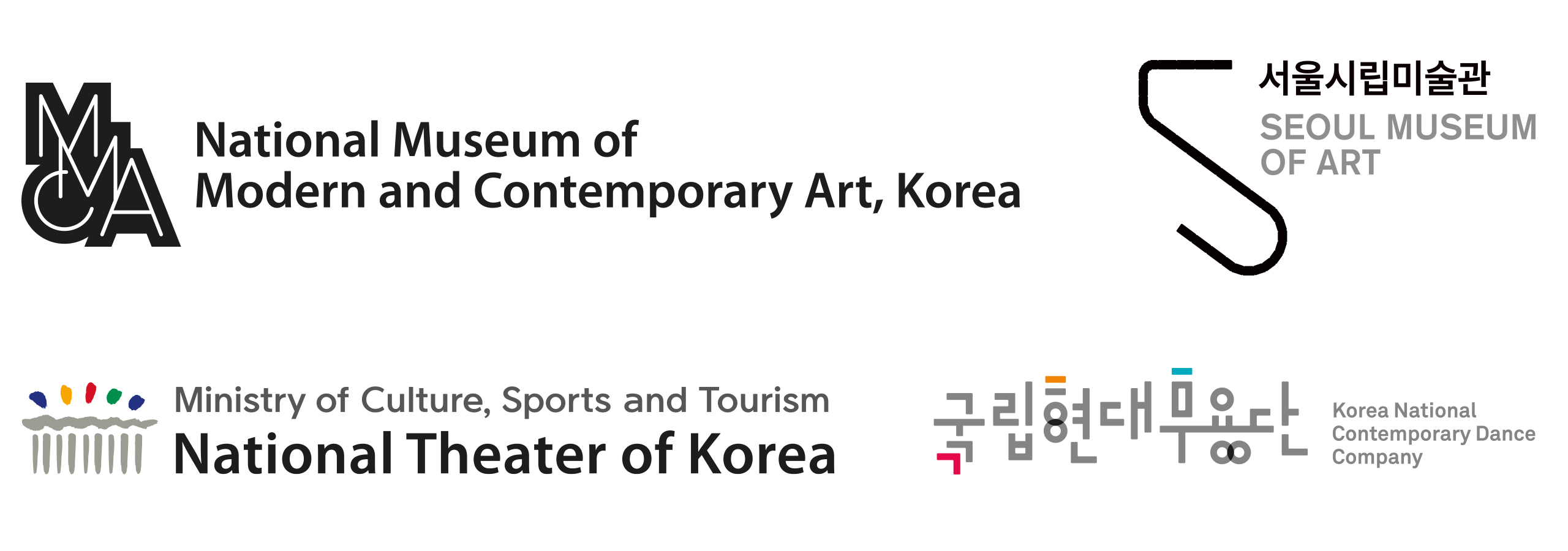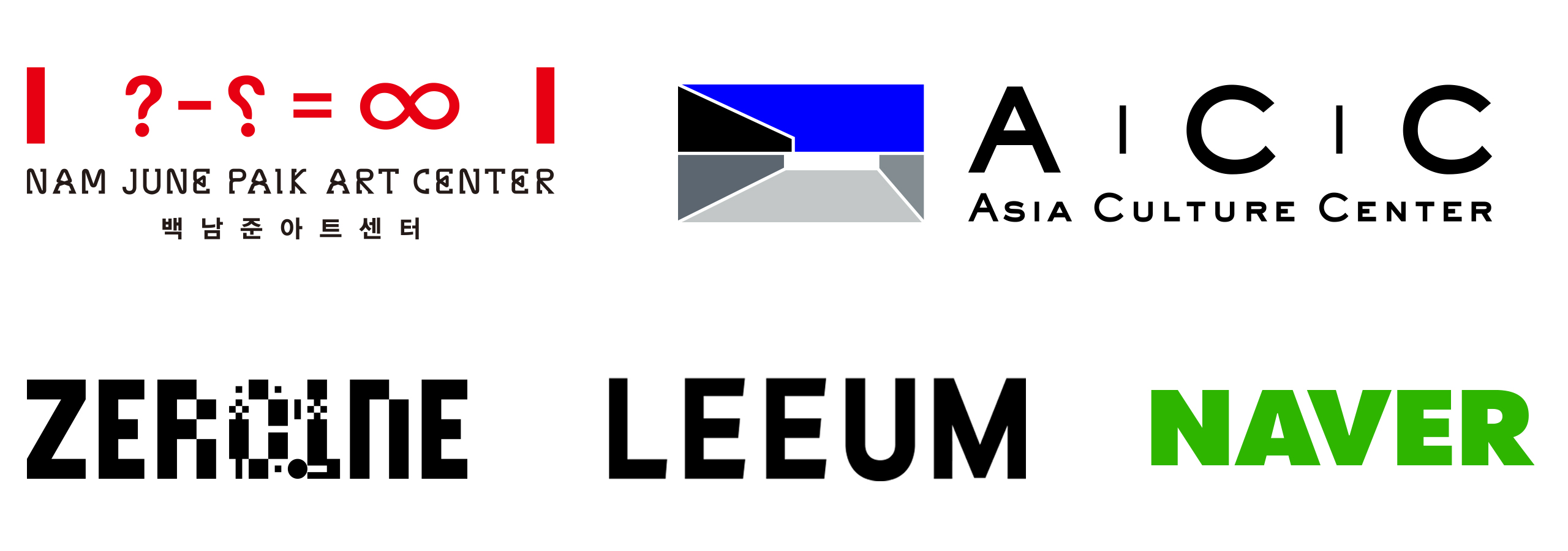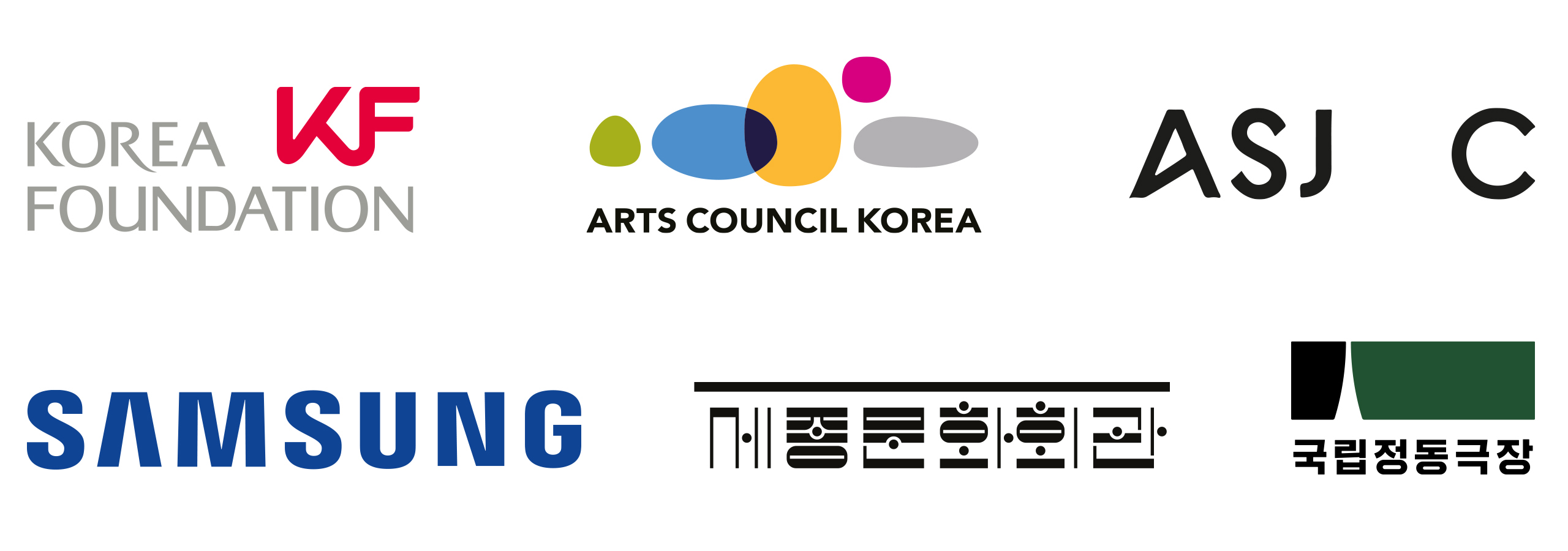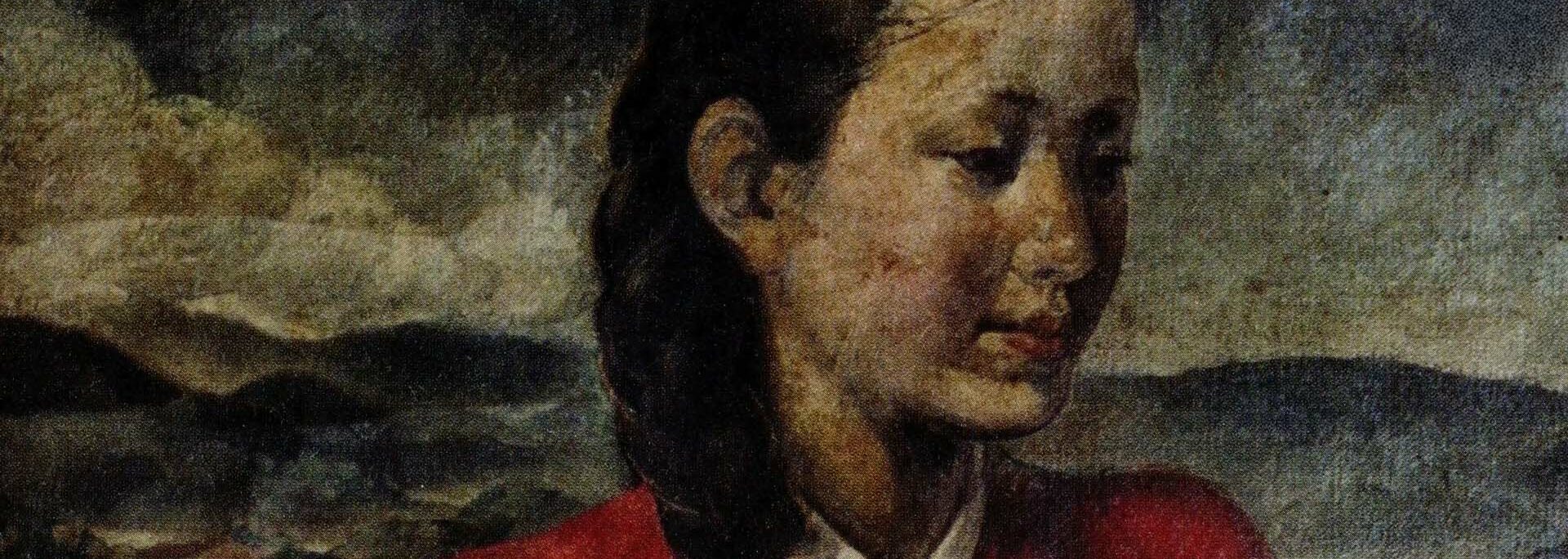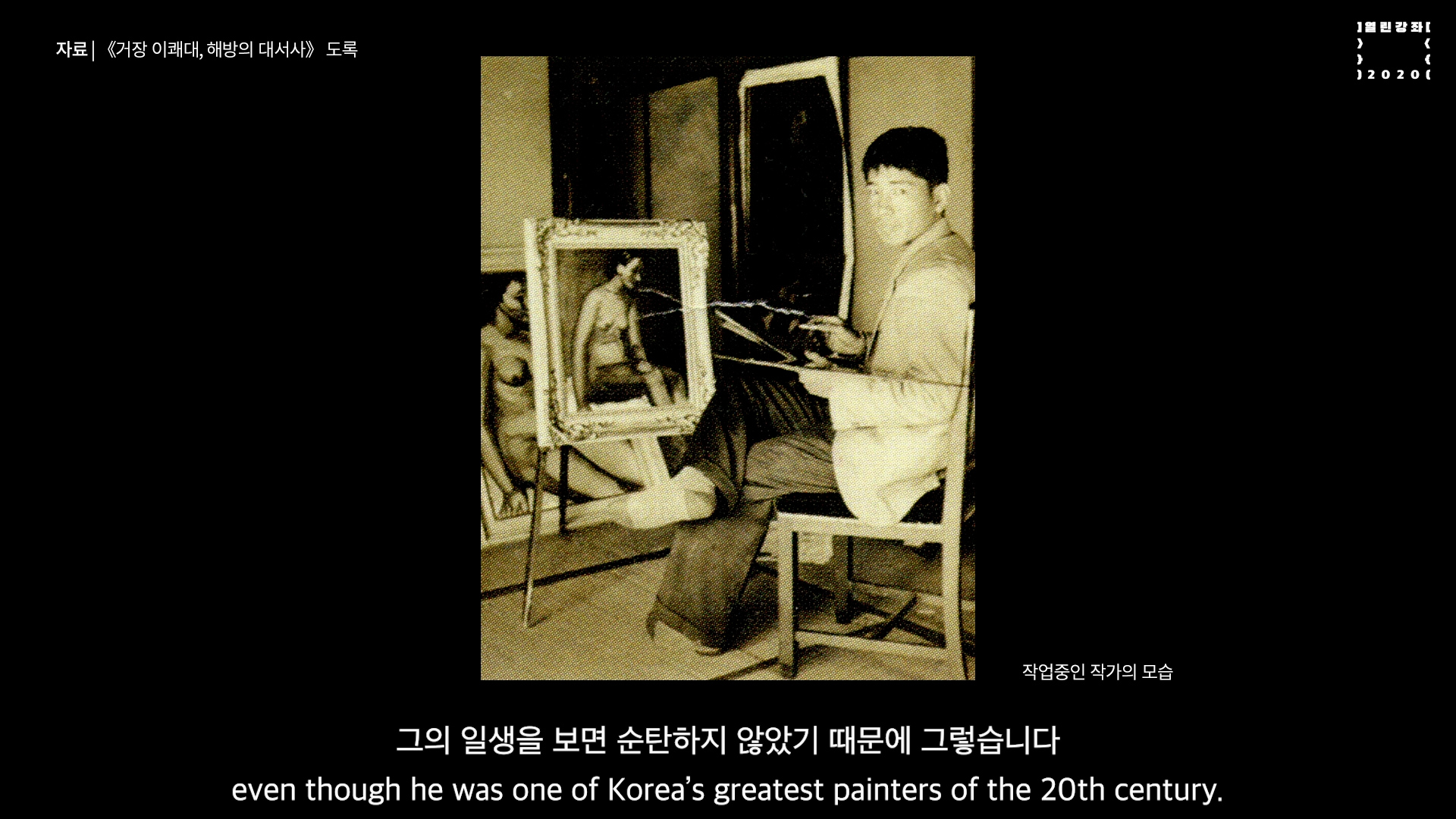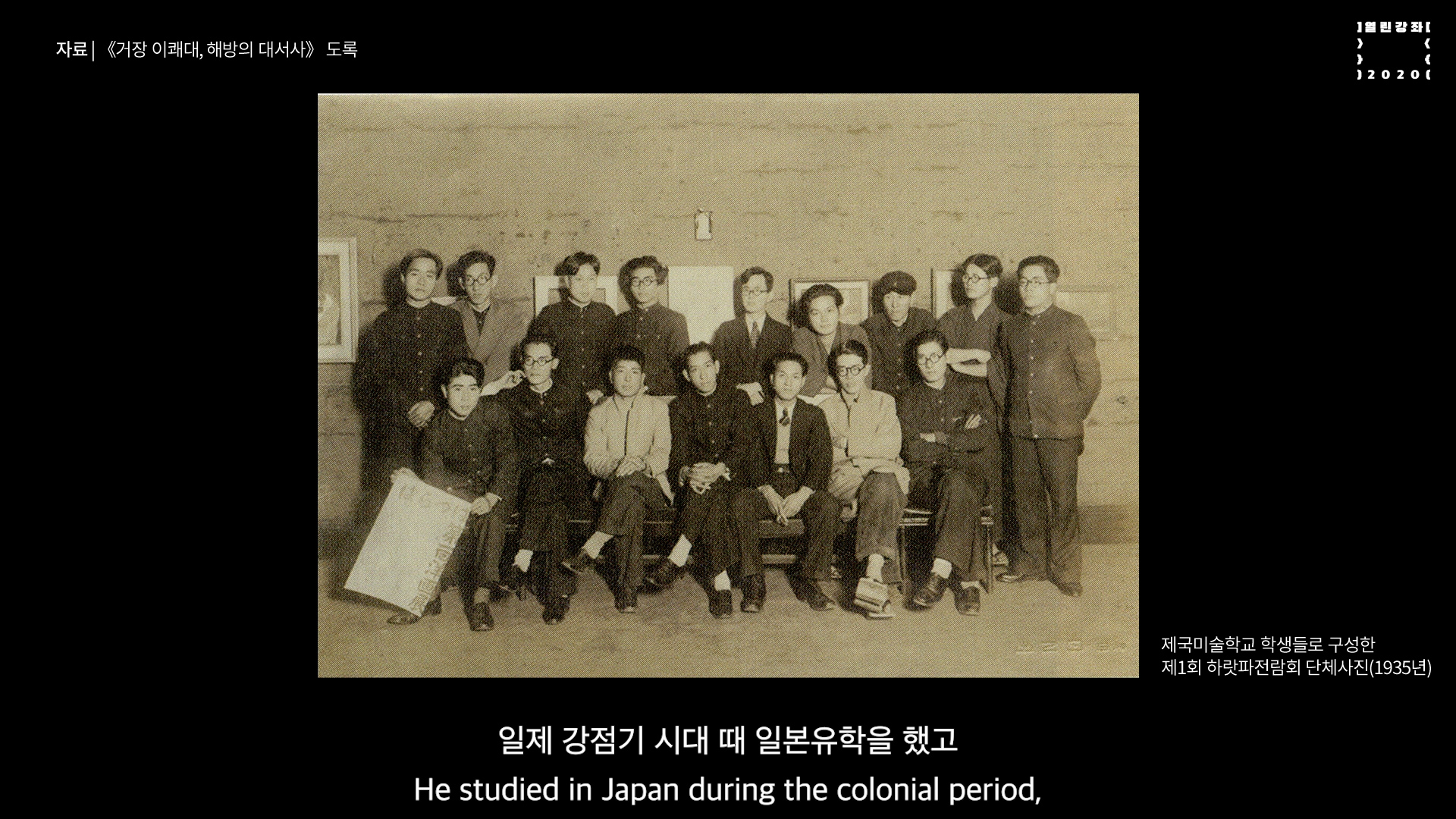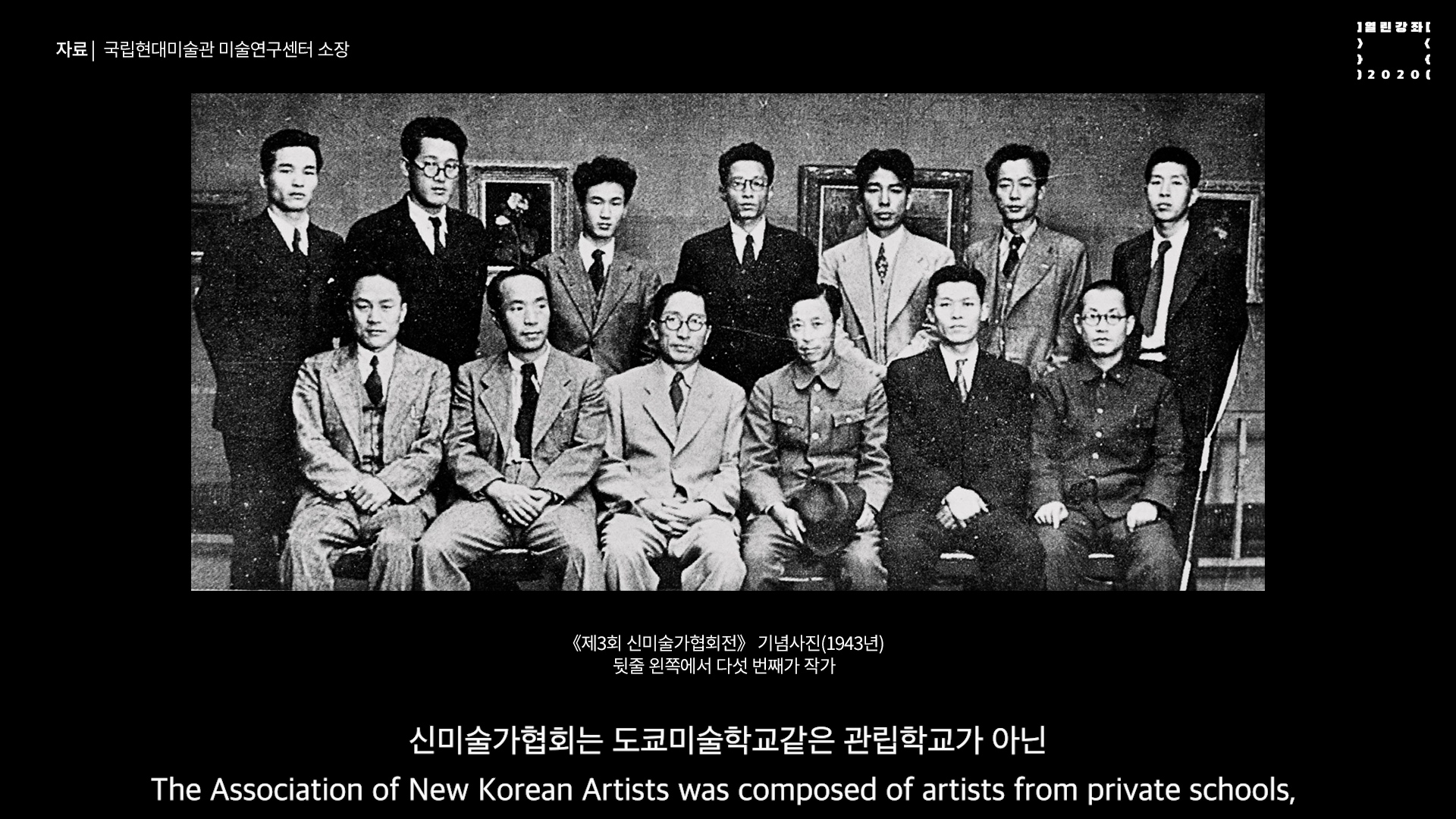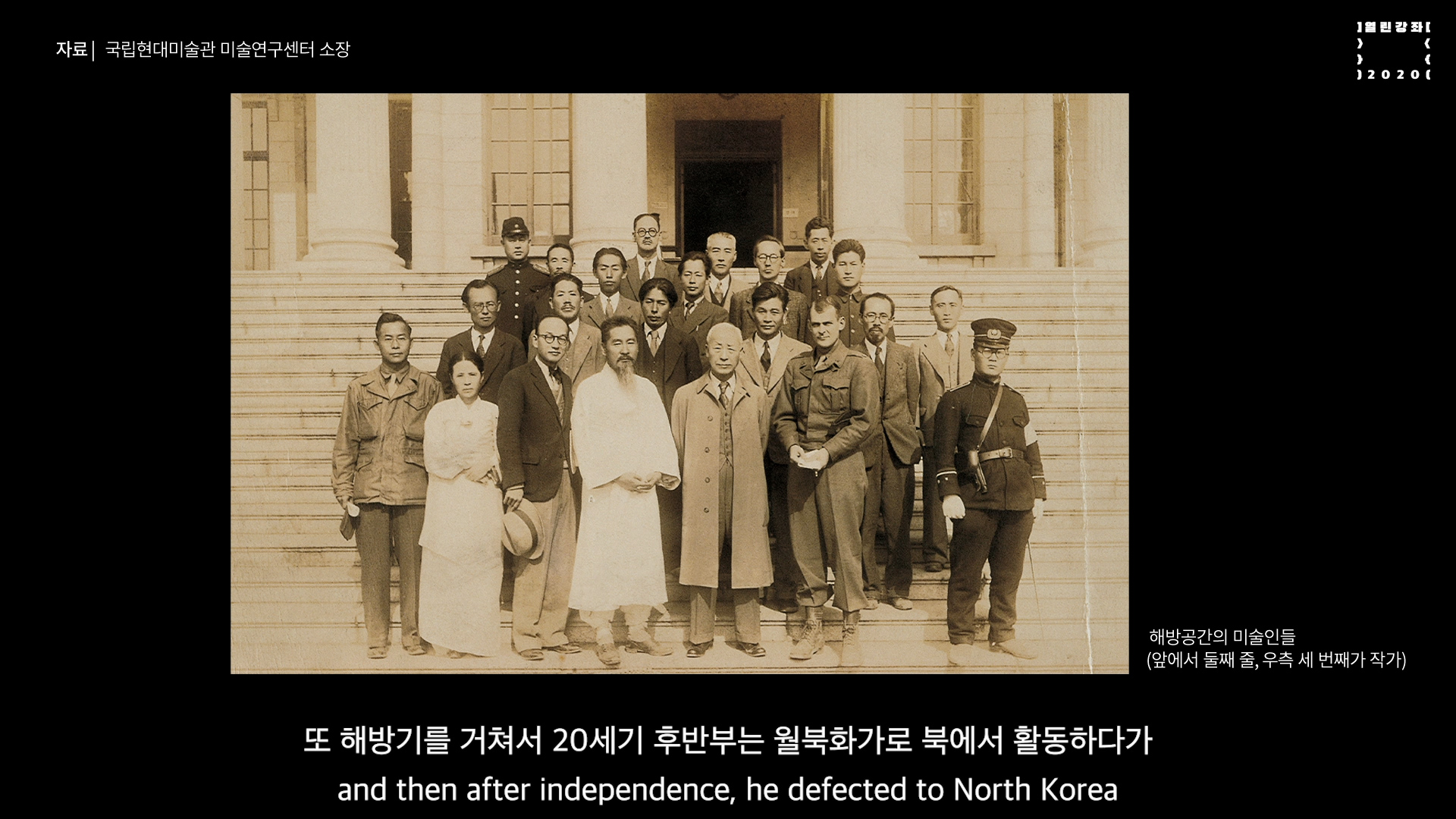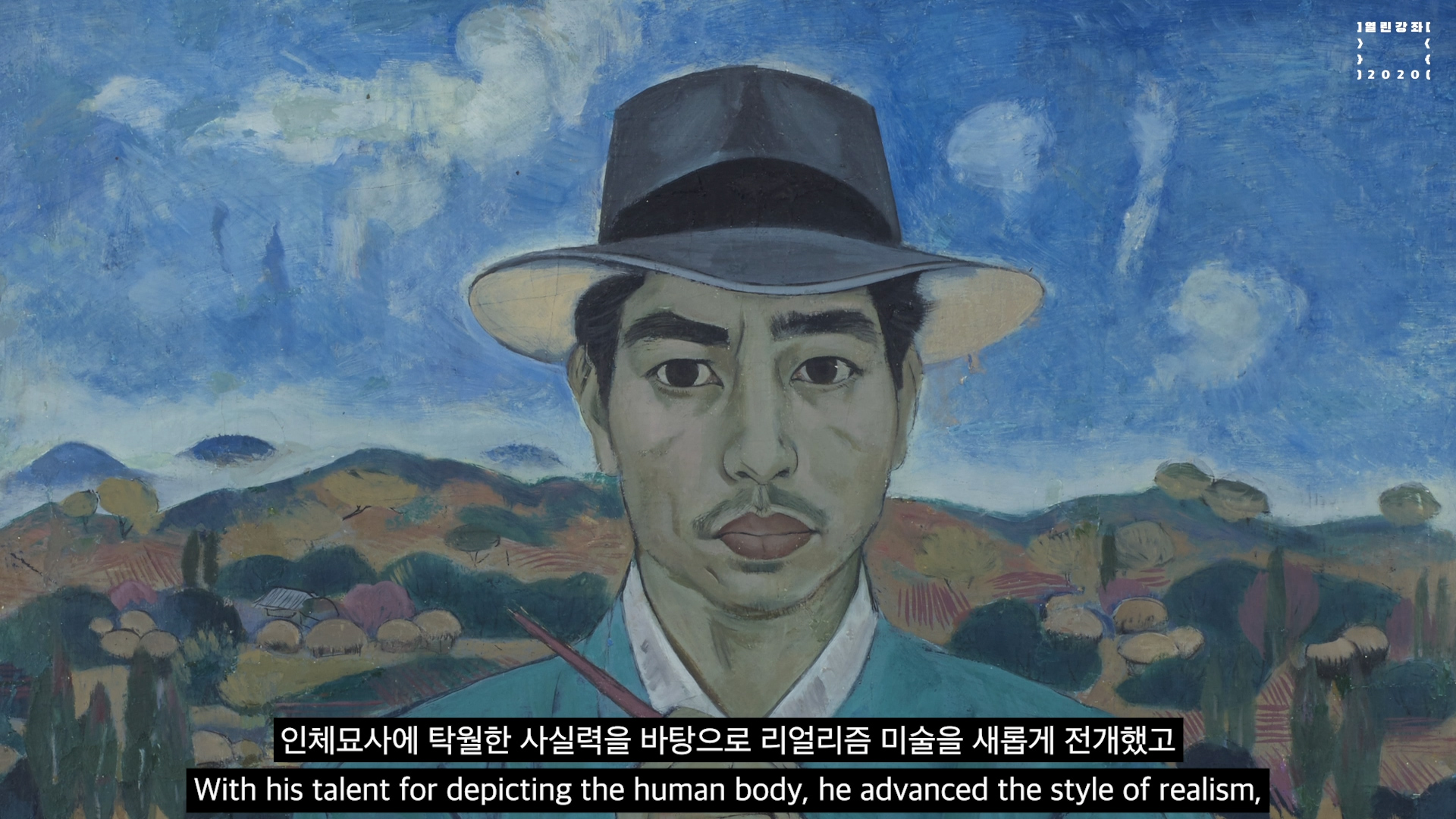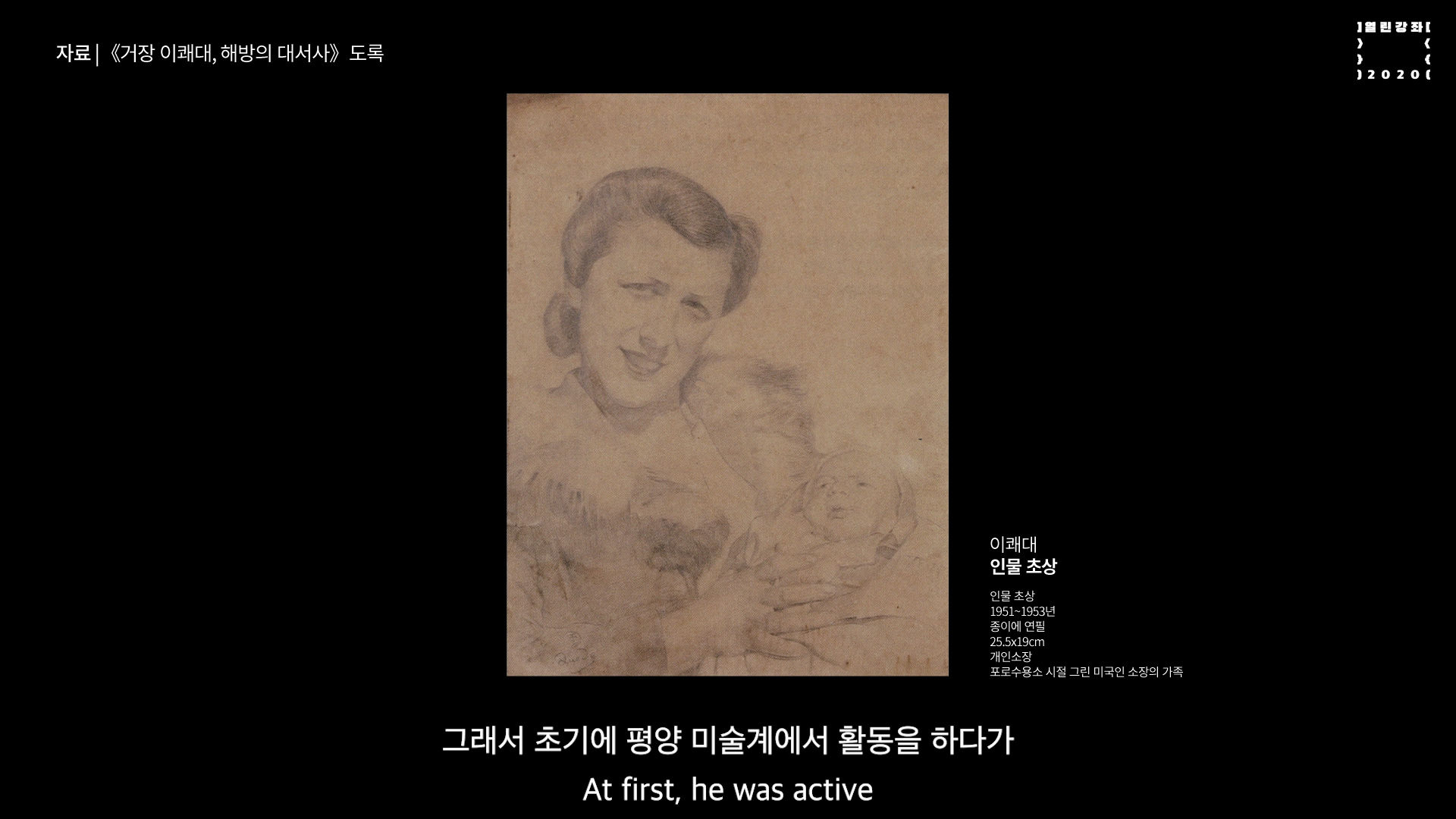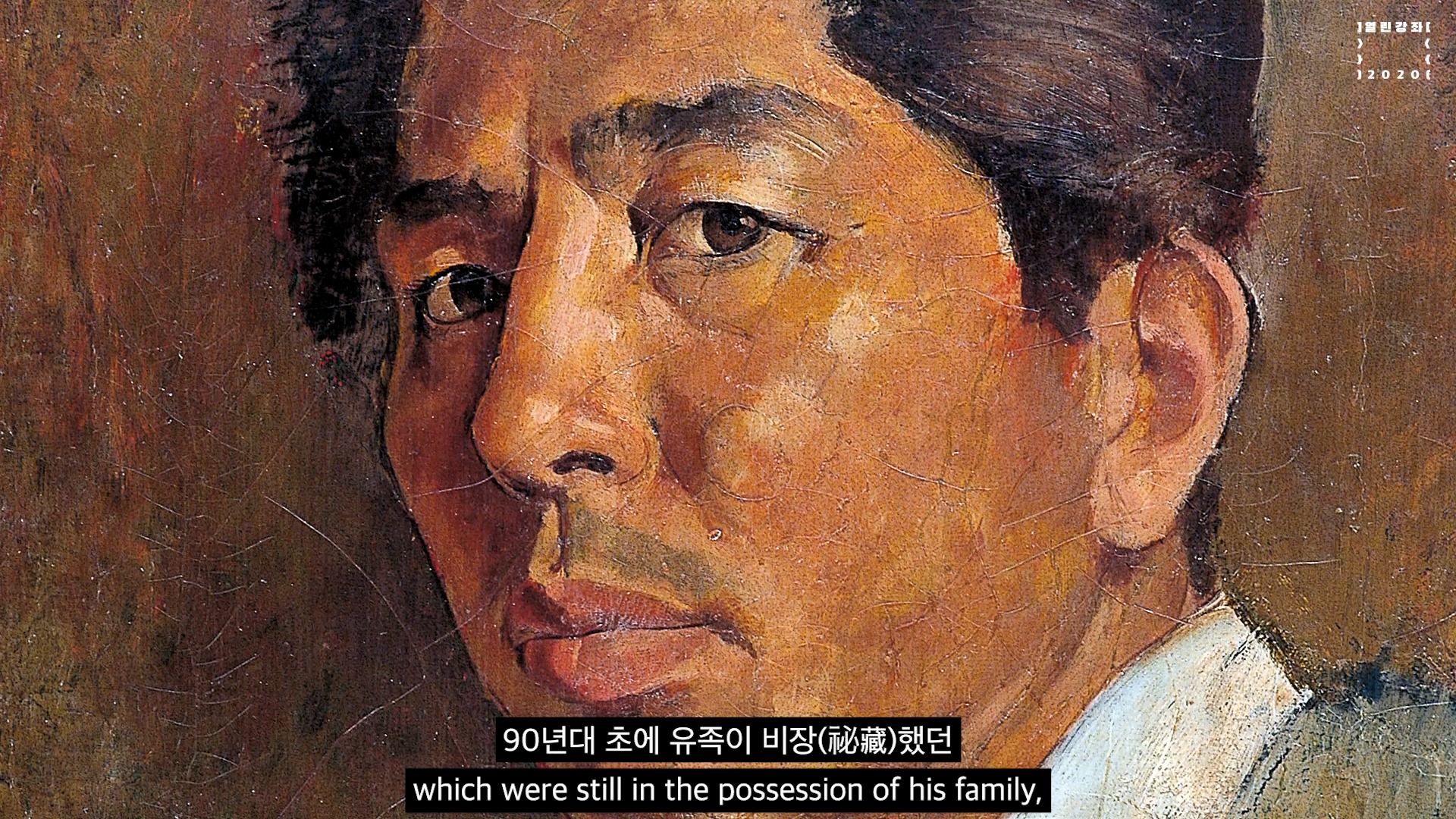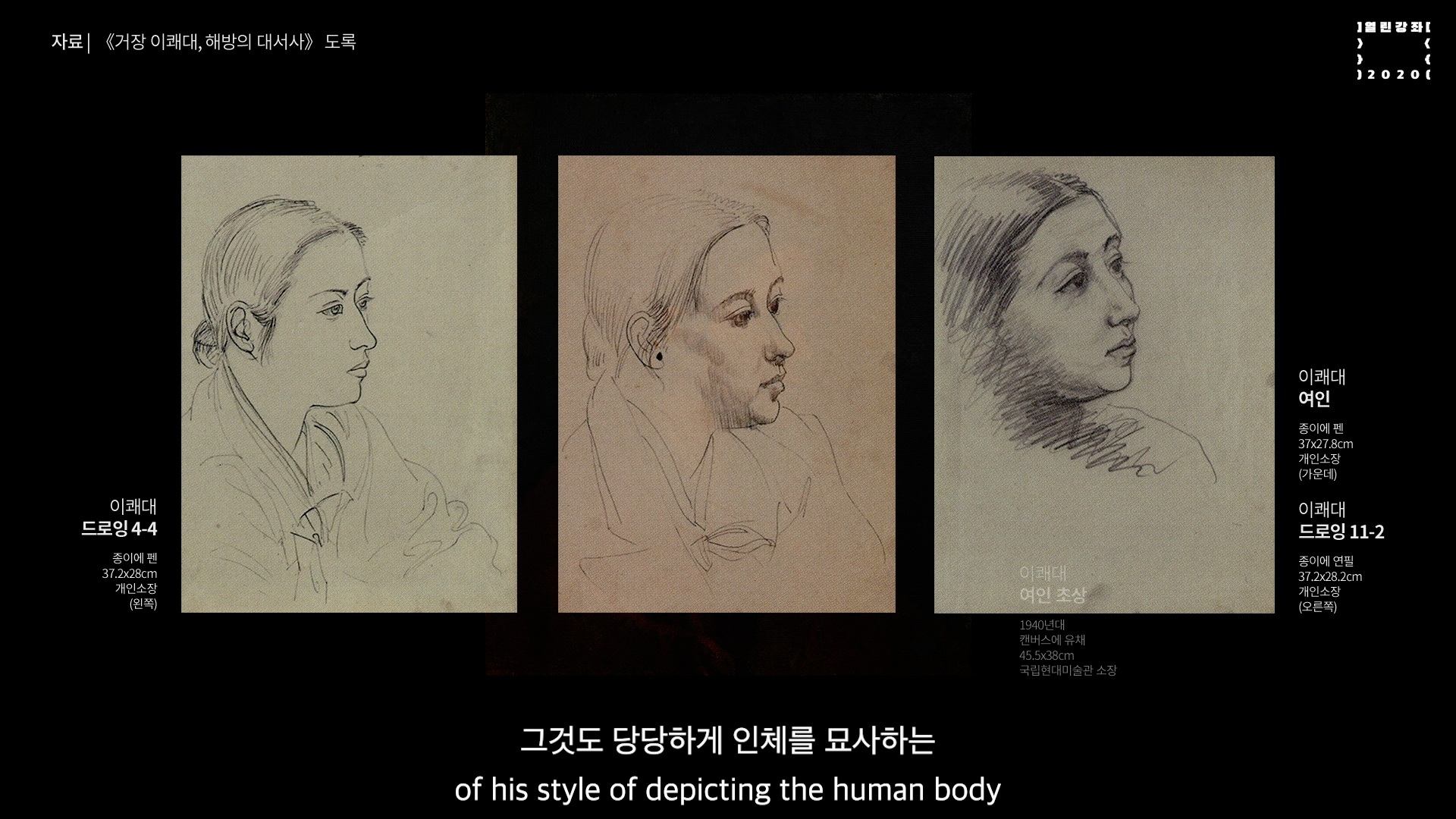Lee Qoede, Portrait of a Women, 1940s
Today, we are going to take a look at Portrait of a Woman by Lee Qoede. Every time I say his name -Lee Qoede- I feel a subtle reverberation in my heart. That’s because his life was very turbulent, even though he was one of Korea’s greatest painters of the 20th century. He studied in Japan during the colonial period, and then after independence, he defected to North Korea where he was active for a while before he died. Lee Qoede’s art resonates in many different ways. With his talent for depicting the human body, he advanced the style of realism, but his art also reflects the social conditions of his era. He can be considered a master painter who aimed to enact a new world of art.
Born in Chilgok, North Gyeongsang Province, Lee Qoede spent his childhood in Daegu. Lee Qoede was from a large landlord’s family, and could thus afford to study in Japan at the Imperial Art Institute, which is now Musashino Art University. After graduation, Lee established Sinmisulga hyeopoe (Association of New Korean Artists), an art group for Koreans in the 1940s.The Association of New Korean Artists was composed of artists from private schools, rather than government schools(- such as the Tokyo Fine Arts School). So these artists had more diverse, liberal, and progressive styles.Lee Qoede was a type of chairman or moderator for, provided excellent leadership and social concern hat was reflected in the group’s works and activities.


